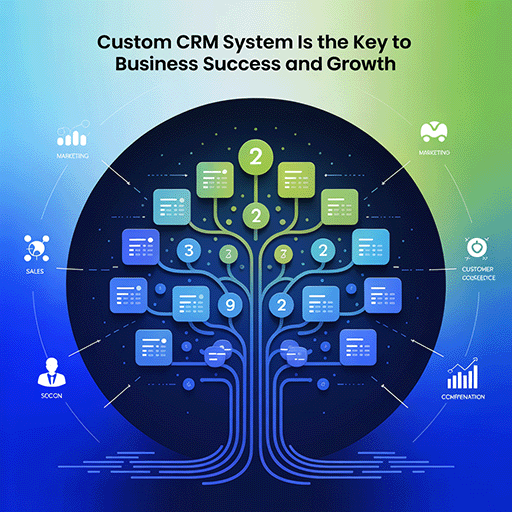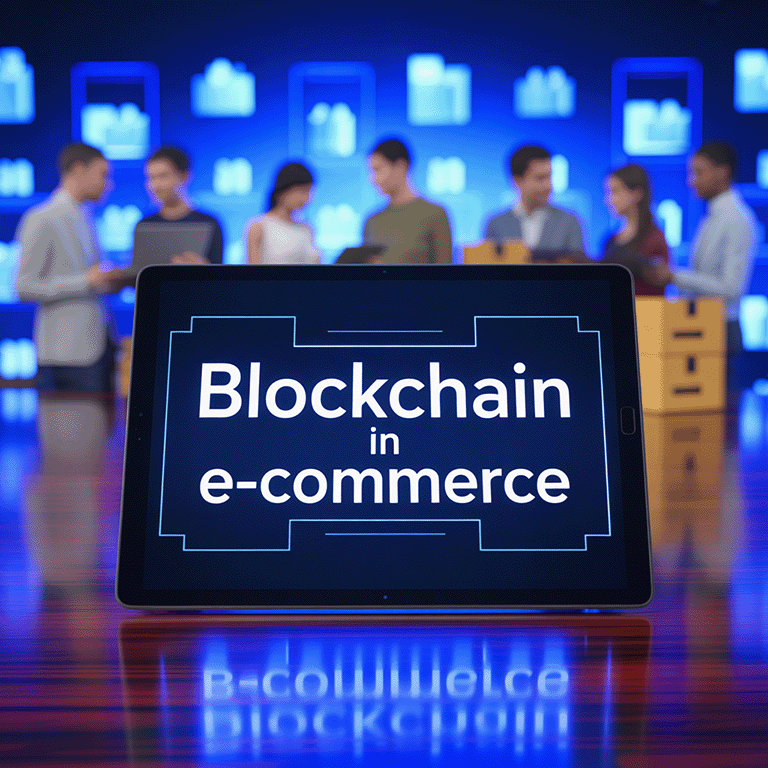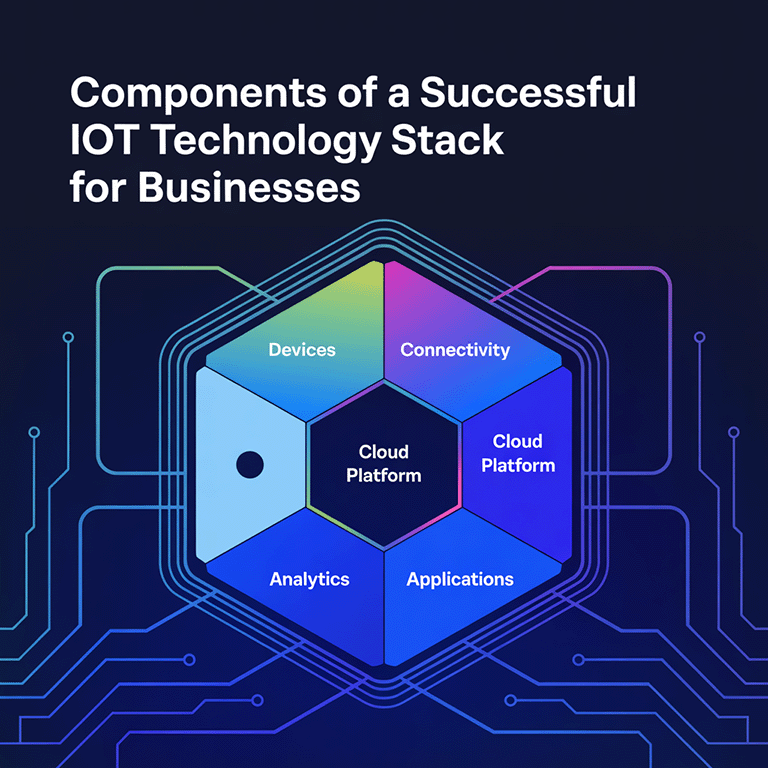Artificial intelligence (AI) is revolutionizing different sectors, and logistics is not left behind. AI merges with logistics operations in various ways, changing how businesses manage supply chains by optimizing routes, forecasting demand, and improving overall efficiency.
This article explores the role that AI plays in logistics, its major benefits, and diverse use cases. It will showcase how this technology is driving innovation, improving operational efficiency, and creating new opportunities for businesses worldwide. Whether it’s through predictive analytics, autonomous vehicles, or smart warehousing, AI is reshaping the logistics landscape, making it smarter, faster, and more reliable.
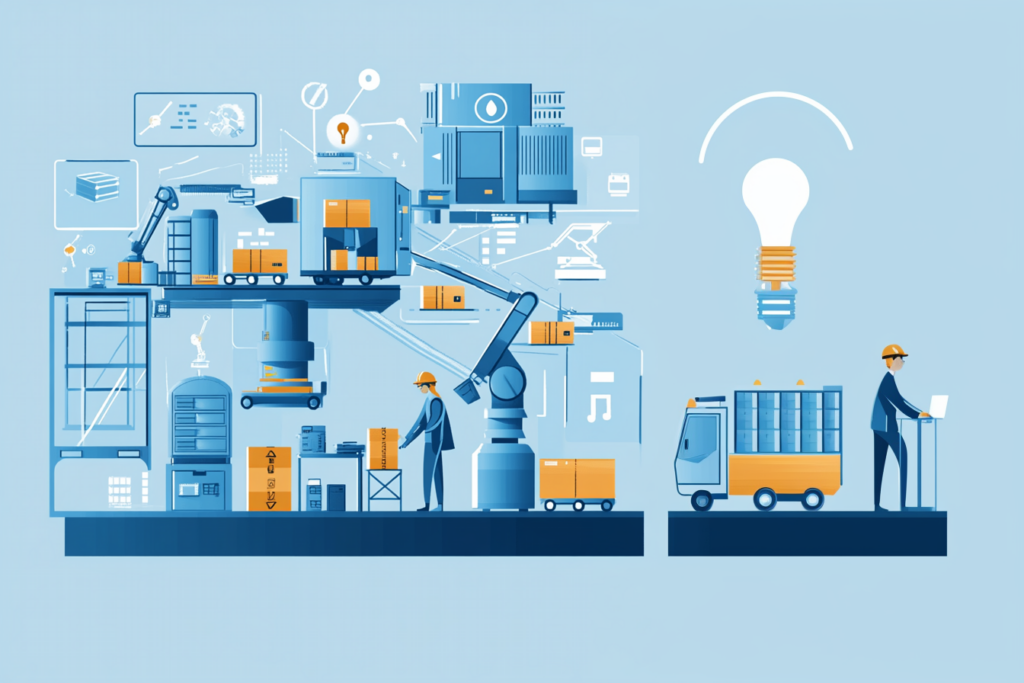
Current State of AI in Logistics In Numbers
A survey conducted by McKinsey & Company reveals widespread experimentation with generative AI tools despite their nascent public availability. Interest spans regions, industries, and seniority levels, with 79% having some exposure to generative AI and 22% using it regularly in their work. Usage rates are notably higher in the technology sector and North America.
Approximately one-third of organizations integrate generative AI into operations, influencing broader AI investment strategies (40%) and board-level agendas (28%). These tools predominantly enhance marketing, sales, product development, and service operations, reflecting strategic focus areas for maximizing AI’s potential benefits.
According to Accenture’s report, many companies find that their current workforce lacks the necessary skills to effectively scale the use of AI in supply chain operations. Only 38% of supply chain executives feel their teams are adequately prepared to harness available AI technologies. Therefore, investing in upskilling or reskilling employees to proficiently apply AI in specific, high-value use cases is critical for successful AI integration and scalability.
Ecosystem partners such as technology vendors and consulting firms play a crucial role by providing skilled talent that can complement existing teams. These partners bring valuable expertise gained from navigating the complexities of scaling AI, offering insights and guidance that can significantly facilitate the adoption process.
The future potential for Artificial Intelligence in logistics seems limitless and continues to increase. With advances in AI technology, more sophisticated applications will be developed, such as driverless delivery vehicles, drone deliveries, and advanced warehouse automation, along with other applications yet to be developed. These innovations are expected to enhance efficiency even further and reduce operational costs while revolutionizing the logistics landscape.
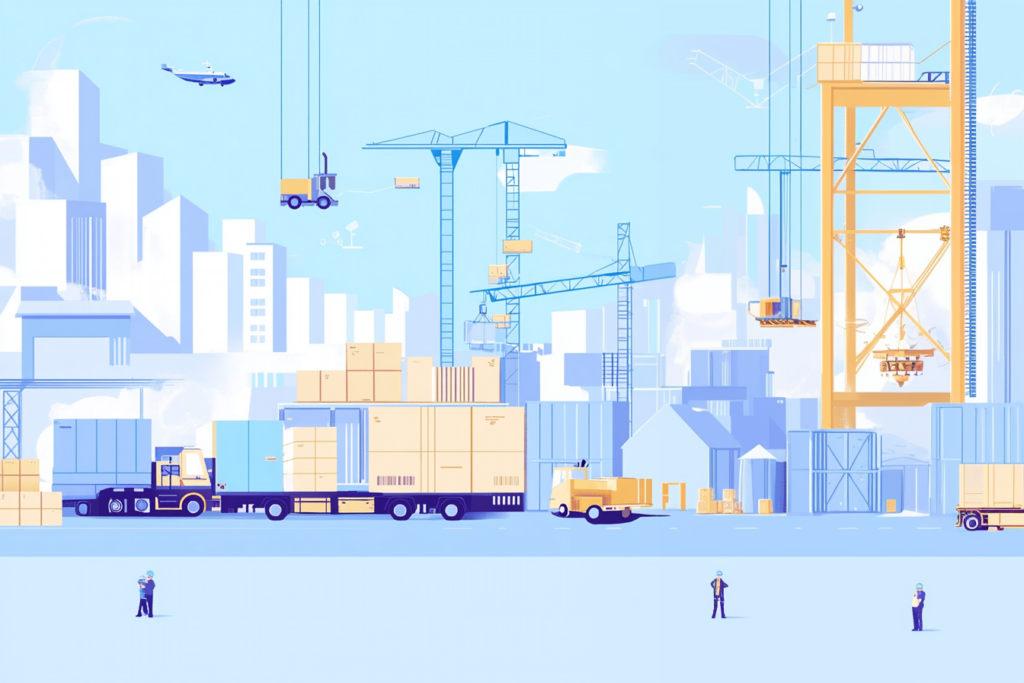
Logistics and Artificial Intelligence in a Nutshell
One task undertaken by AI in logistics is the prediction of needs. The algorithms underpinning AI utilize historical records together with market conjunctures plus other external variables to make accurate predictions about future demands. This capability enables firms dealing with logistics to optimize inventory by minimizing waste and ensuring timely deliveries of their products.
Moreover, route optimization based on numerous factors, including traffic conditions, delivery schedules, and weather systems, is enhanced through AI, thereby improving fuel efficiency and leading to reduced costs while at the same time improving service reliability.
AI plays an essential role in warehouse management. Inventory management can be made possible by predicting stock levels through AI systems that automate the picking and packing of goods, among other things. Such systems employ continuous machine learning to boost accuracy and efficiency, thus enabling fast order fulfillment while minimizing labor costs.
Hence, robots would be more economical than manual labor as AI-based consumer service applications in chatbots and virtual assistants provide instant customer help, including order status inquiries, without human intervention.
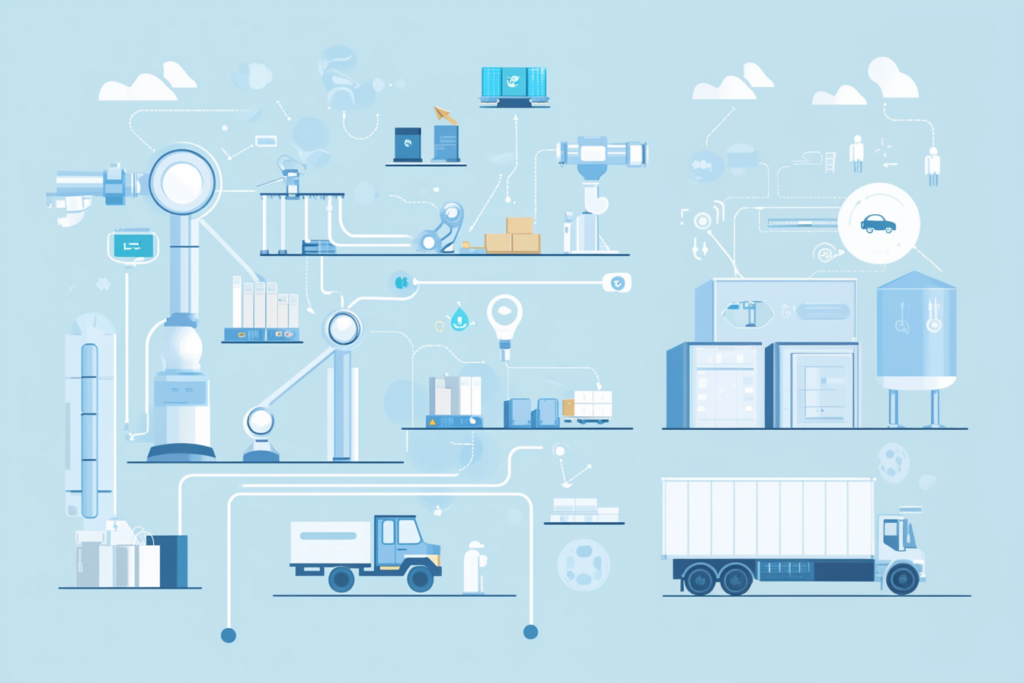
The Evolution of AI in the Logistics Sector
The history of AI in transportation provides an intriguing odyssey demonstrating how technological advances have revolutionized the organization’s activities and supply chain processes that transverse it. Below are the significant stages of development for logistics Artificial Intelligence.
Early Developments (1950s-1980s)
1950s-1960s: Early AI Concepts
The inception of AI can be traced back to the establishment of basic algorithms and computational theories; however, its application in logistics was minimal due to a lack of computing power and data availability.
1970s-1980s: Initial Applications in Logistics
Simple optimization algorithms were already being used to plan truck routes or schedule delivery times for different goods. Initial systems, like IBM LOGOS, controlled stock levels and took in customers’ orders.
The Rise of Advanced Algorithms (1990s-2000s)
1990s: Emergence of Advanced Algorithms
This decade saw the creation of more complex recipes and the increased ability to compute, which together made it possible to have better tools for optimization and decision-making within companies. Some people tried neural networks and genetic algorithms during this period because they hoped they would be useful in logistics-related cases.
2000s: Integration of AI in Supply Chain Management
This decade saw the Implementation of artificial intelligence in supply chain management. AIs began sneaking themselves into SCM systems. Demand forecasting, inventory planning, and logistics were present in the Advanced Planning System APS and the Enterprise Resource Planning ERP.
Modern Era (2010s-Present)
2010s – Big Data and Machine Learning
In logistics, the surge in big data and progressions in artificial intelligence through machine learning greatly enhanced AI’s capabilities. For instance, predictive analytics became more common, as did real-time data processing and advanced robotics. Amazon and DHL are among the big firms that have introduced this technology to enhance their warehousing automation systems and whole supply chains.
2010s – Autonomous Vehicles and Drones
This decade saw the rise of a new technology called Autonomous Vehicles. This system uses modernized algorithms backed up by AI, so drivers only need to input where they want to go while the machine takes care of all other functions, including terrain mapping.
Moreover, companies such as Tesla Motors Inc., Waymo LLC., and Amazon.Com Inc. have been looking at the application of autonomous trucks for delivery and drones, sweeping costs aside.
2020s – AI-Driven Supply Chains
In this decade, logistics has rapidly adopted AI to manage disturbances and ensure supply chain resiliency during the COVID-19 pandemic. This also helped to handle disruptions as they occurred. Companies incorporated demand forecast systems based on AI, real-time inventory monitoring programs, and locating mechanisms essential in our current business environment, where customers expect their goods to be delivered within an hour after order placement.
2024 and Beyond – AI Integration and Innovation
Supply Chains Built By AI: Predictive measures forecast future disturbances while advising alternative paths to build more resilient supply chains.
Sustainability drives: It reduces the carbon footprint through greener logistics practices across multiple networks supported by Artificial intelligence Optimization networks.
Human-AI Collaboration: Exploiting improved cooperation between humans and AI decision systems could enhance operational efficiencies and lead to improved products.
Key Players and Early Adopters of AI in the Logistics Industry
DHL (Deutsche Post DHL Group)
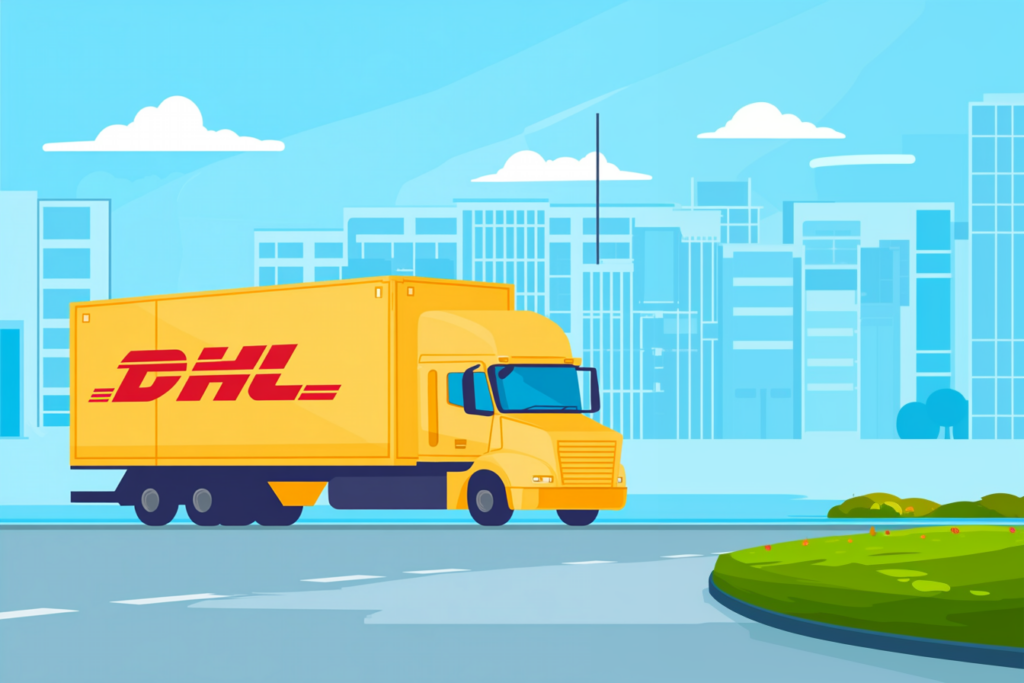
DHL is one of the top logistics companies offering numerous services. These include express delivery services, freight forwarding, and supply chain management. DHL is known for inventiveness and is among the first to use the newest green technologies.
DHL pioneered the use of drones in making deliveries, primarily through its Parcelcopter project, which successfully traveled to remote areas to deliver packages. Moreover, DHL has made massive investments in robotics and automation within its warehousing systems to enhance efficiency levels while minimizing the chances of human errors occurring during process execution.
Zero-emission logistics have become its mainstay objective, with net neutral emissions expected by 2050. Hence, it is going green through initiatives such as introducing a fleet of electric vehicles in deliveries or finding alternative fuel sources aimed at reducing carbon footprints associated with its operations in general.
UPS (United Parcel Service)
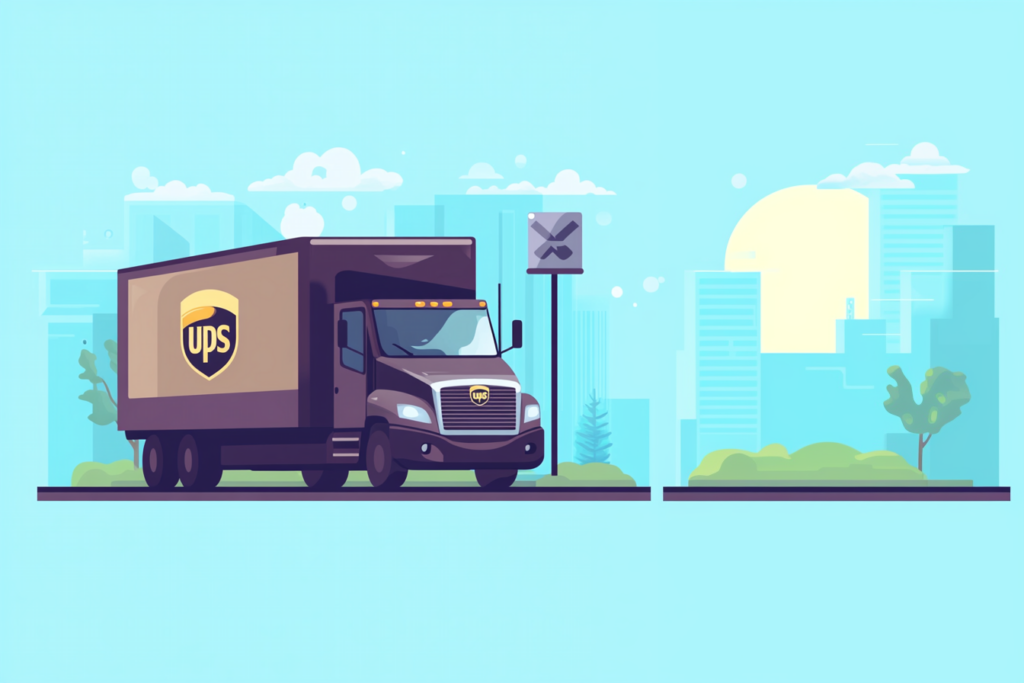
UPS is a global leader in supply chains, primarily in package delivery and warehousing. Since its establishment, the company has infused innovation in its various operations.
A good example of how advanced technology can be employed in logistics is the application of ORION (On-Road Integrated Optimization and Navigation). This sophisticated route optimization algorithm has helped significantly minimize fuel usage and delivery time. Besides enhancing profits, United Parcel Service employed environmentally friendly features in its business, such as electric cars mixed with gasoline engines (hybrids) and other forms of alternative fuel sources, thus reducing pollution at equivalent ratios.
The organization is currently exploring robotic assistants to help deliver packages while also considering self-driving cars, which will cut costs on manual labor and ensure everything in stock reaches customers’ doorsteps faster than ever before. Further, United Parcel Service invests heavily in IoTs and advanced data analytics for real-time package monitoring and tracking.
FedEx Corporation
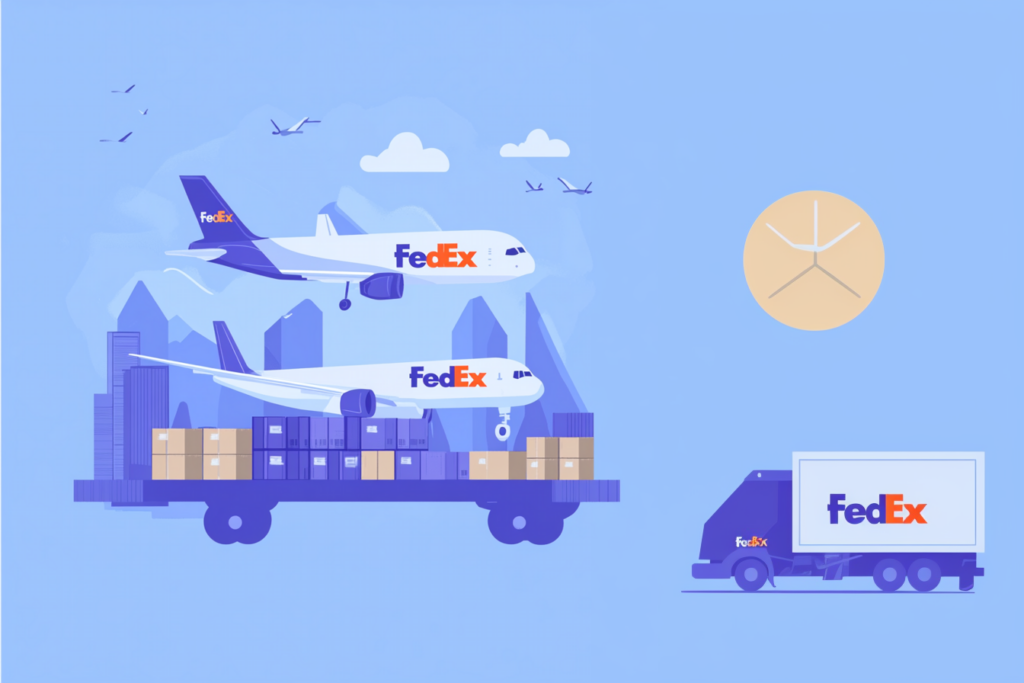
FedEx is a globally renowned logistics company known for its air and ground delivery services, which were bought by Azure. FedEx has always been an early adopter of different technologies aimed at enhancing its logistical ability.
FedEx was among the first to start using real-time tracking technology, allowing the client to keep track of their goods from the shipment stage to the delivery point. This way, transparency in business became better, and client satisfaction rose significantly. In addition, FedEx ventured into the use of a self-directed transportation robot called SameDay bot aimed at improving effectiveness around the last mile delivery process done by other means of transport like cars and motorcycles.
Additionally, Fedex is considering using blockchain for more transparency and security in supply chain management. This underscores the company’s commitment to conservation by investing in electric and other alternative fuel means of transport, which has seen an end to civic pollution, mainly through greenhouse gases.
Maersk Line

Maersk Line is the largest container shipping company globally, and hence, it plays an indispensable role in global logistics by offering ocean transport services. The company took the initiative to embrace digital technologies and sustainability practices.
Maersk implemented a remote container management system that enabled its clients to monitor their cargo in real time. This invention was, therefore, critical to enhancing supply-chain transparency across the board. Maersk also invested in digital platforms like TradeLens, a blockchain solution developed in collaboration with IBM that enables data sharing among concerned parties and eliminates inefficiencies within the shipping industry.
Like Maersk, it pledges zero-emission shipping by 2050 related to transit modes using eco-friendly technologies such as biofuels or electrification. As a result, by putting more emphasis on state-of-the-art software and eco-friendly approaches, Maersk Line has remained ahead of other players in the maritime logistics sector, which has seen an increase in efficiency levels favoring environmental sustainability worldwide.
Amazon Logistics
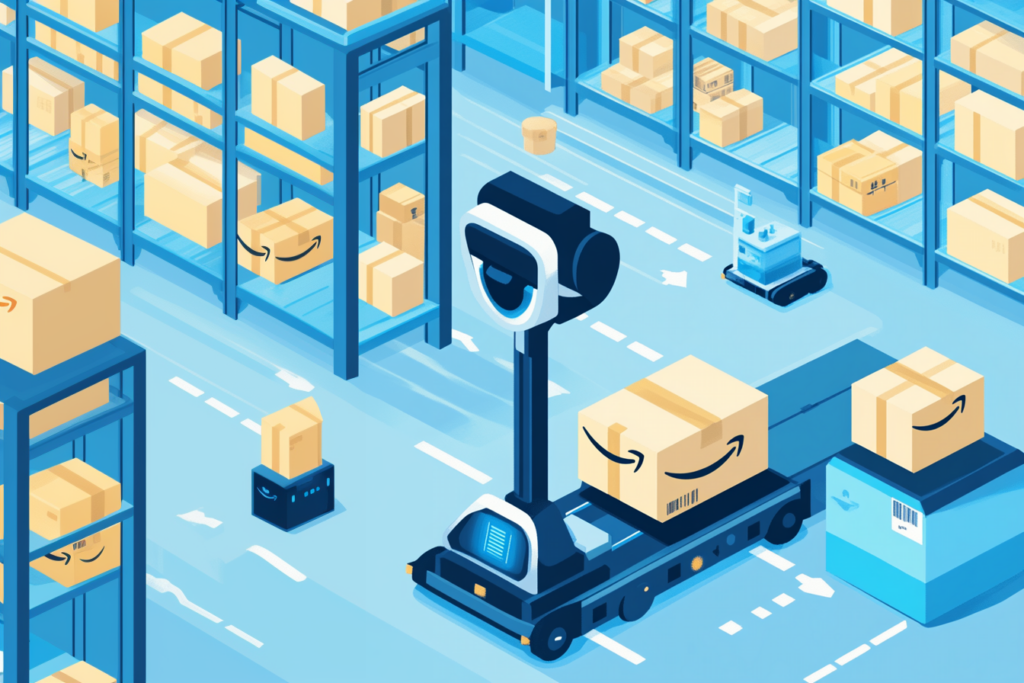
Amazon Logistics operates the last-mile delivery supply chain, focusing on ensuring that goods reach buyers’ doorsteps within the shortest time possible. This results from various strategies developed by its team members, as it is a subsidiary of Amazon Company.
Amazon developed an intricate network of fulfillment centers aided by advanced automation and robotics, thus making processing much faster than before. The company developed delivery drones through the Prime Air initiative, which aims to provide customers with faster delivery methods.
Artificial intelligence and machine learning capacity assist in predicting demand, hence optimizing the stock management process through running software based on complex models combining selected features generated using sophisticated algorithms like artificial neural networks or decision trees before making final decisions in response to different situations from buyers. This new predictive analysis has gone a long way toward improving efficiency while increasing consumer satisfaction.
Key Benefits of AI in Logistics
AI has transformed the logistics industry, boosting service delivery time. AI’s forecasting powers have been integrated into the logistics system to reduce delays and increase the utilization of limited resources. Logistic companies function on real-time data, which meets the quest for decision-making.
According to the Gartner survey, 98% of executive boards believe that using digital technologies can greatly enhance manufacturing, distribution, and other areas related to supply chain automation. Learn more about AI in the manufacturing industry in our article.
Learn the major benefits of AI in logistics.
Improvement in Efficiency |
This means that logistic companies can devise ways of using AI to optimize routes, automate tasks, and predict demand, leading to lower operation costs but increased productivity. |
Cost Saving |
This is because, with much less fuel consumed, it helps reduce maintenance costs while keeping just enough stock. |
More Satisfied Customers |
Moreover, AI-powered customer service portals offer immediate response services to clients, making them happier while relieving agents at work. Good timing through well-thought-out paths and accurate predictions about when things will be needed result in better services. |
Improvement in the Ability of Supply Chain to Cope with Disruptions |
This technology enables us to see where our product is at every stage of its journey, enabling early intervention and leading to better survival chances for firms using this system. |
Sustainability |
A firm may choose one of those strategies, such as fuel saving through optimized paths emission control using AI, to achieve its sustainability goals, such as green logistics or zero carbon footprint. |
Potential Challenges in Adopting AI in Logistics
High Initial Investment Costs
- Significant upfront expenses are associated with technology acquisition, system calibration, and infrastructure upgrades.
- It might be a burden on smaller companies.
Data Security and Privacy Concerns
- It is risky to handle large amounts of sensitive data.
- It necessitates strong cybersecurity initiatives and compliance with data protection laws.
Technological Complexity
- Putting AI and self-driven systems into place is complicated.
- Employing skilled staff over a long duration can be highly costly.
Regulatory and Compliance Issues
- There are changing laws for autonomous vehicles and AI technology.
- It varies depending on the area you are in; hence, the regulations keep changing over time, requiring regular updates on legal changes.
Resistance to Change
- Possible resistance from workers or other players who are used to conventional methods
- It calls for effective management strategies that facilitate change, training, and workflow adjustment.
Use Cases of AI in Logistics
The use of AI in logistics and supply chain management (SCM) is changing all industries globally, as both fields have followed suit. When applied to these areas, this implementation improves efficiency, accuracy, and decision-making by orders of magnitude. This paper explores where logistics and SCM can utilize AI, how to integrate AI into this area, and what one should expect after making these integrations.
1. Demand Forecasting
Area of Application: AI can revolutionize demand forecasting, a key aspect of supply chain management.
Conventional forecasting procedures often depend on old figures and unsophisticated statistical formulas. Nonetheless, AI-based formulas can examine massive information sets like weather patterns and social networking trends, making them more precise when determining future consumer requirements.
Integration: Integrating AI in demand forecasting should involve deploying machine learning models based on historical sales data, accurate market information, and advanced statistical algorithms. For instance, time series analysis tools can help predict demand patterns using regression models and neural networks.
Output: With AI-powered demand forecasting, companies can now overcome the twin evils of stockouts and overstocking, which always spoil good inventory management practices. Organizations that can make accurate forecasts can optimize their market-oriented supply chain activities by managing stock levels effectively and avoiding carrying costs.
2. Inventory Management
Area of Application: AI can optimize inventory management by forecasting stock levels, automating replenishment, and reducing holding costs. AI systems process data from various sources to decide the best inventory levels, determine slow-moving goods, and advise on how to reorder them.
Integration: AI integration in inventory management implies developing AI-driven inventory management systems that analyze historical data, sales patterns, and supplier lead times. As a result, there would be automated suggestions for inventory adjustments and reorder levels in real time.
Output: In inventory management, AI integration reduces overstock and related costs while improving stock availability within the company’s overall efficiency context. This is among other benefits, like achieving a more balanced stock that minimizes waste while enhancing cash flow, which these types of businesses depend heavily on.
3. Route Optimization
Area of Application: AI-driven route optimization is crucial to logistics companies striving to increase delivery efficiency. AI can recommend the most direct route for transport by analyzing current traffic data, weather patterns, and shipment timeframes.
Integration: To integrate artificial intelligence in optimizing routes, companies can always use algorithmic models plus resources that enable continuous computation of optimal delivery paths. In response to modifications in contexts and purposes related to despatches, algorithms within a given range adjust routes through simulations incorporating real-time delivery data.
Output: AI-powered route optimization results in less expensive transport, shorter delivery lead times, and happier clients while maximizing resource utilization and ensuring lower levels of environmental pollution by reducing delays and fuel consumption at large scale by companies under current circumstances.
4. Predictive Maintenance
Area of Application: Predictive maintenance AI involves having the foresight to see equipment faults before they manifest. For example, it is an essential tool to enhance efficiency in logistics, specifically for controlling fleets and warehouse machines.
Integration: To integrate predictive maintenance AI, sensors should be installed on these systems to collect data. The data will then be used by AI algorithms to predict when parts might fail so that they can recommend timely repairs, thus avoiding costly breakdowns.
Output: This method reduces downtime and enhances lifespan while lowering maintenance expenses in general, leading to improved business performance through fewer interruptions during logistics processes.
5. Supply Chain Visibility
Area of Application: AI does this by providing real-time insights into what is happening with goods along the supply chain. To have a full view of the supply chain, AI analyzes data from multiple sources, such as IOT devices, sensors, and tracking systems.
Integration: The above findability can only happen when organizations integrate their IoT sensors and tracking technologies with AI analytics platforms for visibility into AI-powered supply chain operations. These enable companies to monitor where their goods are in transit at all times, how many they have left at any point, and threats that may hamper the movement or availability of goods.
Output: Enhanced findability fosters better judgment, minimizes problem reaction time, and facilitates better cooperation with supply chain partners through quick responses to issues. Based on real-time information, businesses can proactively solve problems and make operations more efficient, increasing customer loyalty and repeat purchases.
AI Logistics in 2024: What to Expect?
AI and other advanced technologies are rapidly transforming supply chain management. According to KPMG’s insights, organizations will effectively use these changes if they have the correct strategy and mindset.
There are groundbreaking transformations to anticipate in the future:
- Technological Advancements: AI and other advanced technologies are quickly modifying how logistics are managed.
- Strategic Importance: Correct approach and organizational culture are essential for any firm that wishes to take advantage of these developments.
Strategic Applications for 2024
- GenAI Focused: Focus on the Strategic Application of Generative AI to Uncover New Possibilities.
- Low-Touch Planning: Use Less planning to enhance reliability in projects and make them efficient.
- Data Excellence and Transparency: Aim for Excellence in Data and Ensure Transparent Operations.
- Adapting to Low-Code Platforms: Use Low-Code Platforms for Process Optimization and Foster Agility.
- Scope 3 ESG Data Reporting: Provide Focus on Scope 3 Environmental, Social, and Governance ESG Data Reporting.
- Planning for the Electric Future: With anticipation of switching to electric cars, this paper recommends that we concentrate on battery-electric commercial vehicles (BECVs).
Key Statistics and Insights
- It is estimated that by 2024, 50% of supply chain organizations will have invested in applications supporting AI and advanced analytics.
Impact of Low-Touch Planning
-
Increases return on equity by 2% to 4%.
-
Adds 1% – 3% to gross margins across revenue, cost, or assets.
-
The expected monetary savings and performance gains could total $7.1 billion.
Supplier Performance Visibility: Visibility into tier-one supplier performance exists only in 43% of organizations.
Low-Code Platforms Adoption: Over 2/3 of businesses have already integrated low-code platforms with their supply chains.
Supply Chain Emissions: Direct manufacturing accounts for only 5% of total emissions. However, on a supply chain basis, emissions could be 5-10 times higher.
Electric Vehicle Adoption: Battery electric commercial vehicles may achieve sales penetration rates of 15% to 34% by 2030.
The urgency for Adaptation: Organizations must act quickly to adapt to these changes.
Unlocking Value: Organizations willing to adopt these advancements can unlock significant value, which will help lower costs and incorporate new models of success.
Wrapping Up
The future is well connected to AI and autonomous systems when logistics is concerned or involved. AI technology not only boosts operations within an organization but also makes it possible for enterprises to remain innovative and sustainable.
Anyone who deals with logistics should embrace artificial intelligence to move ahead. Adopting such innovative measures will increase sales and fortify the business’s long-term standing. Now is the time to take action. Invest in AI software development services and stay at the forefront of this fascinating revolution.


